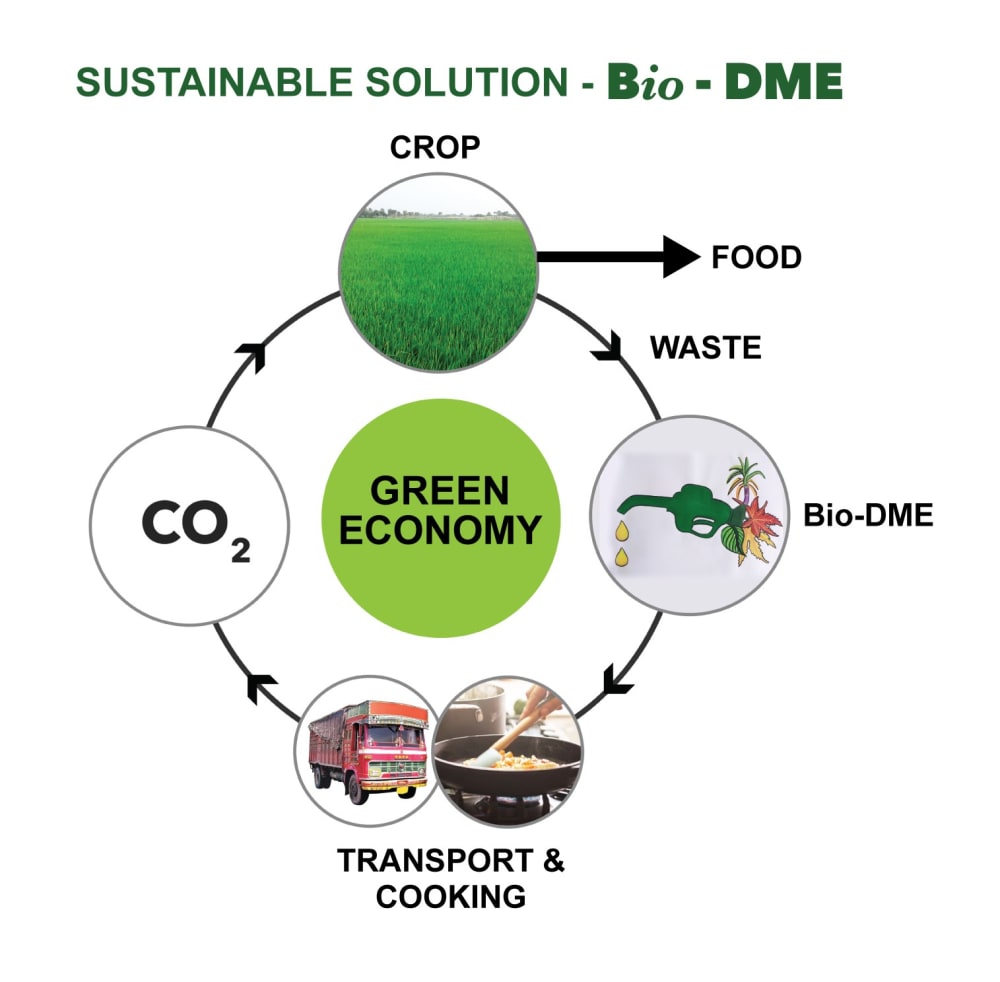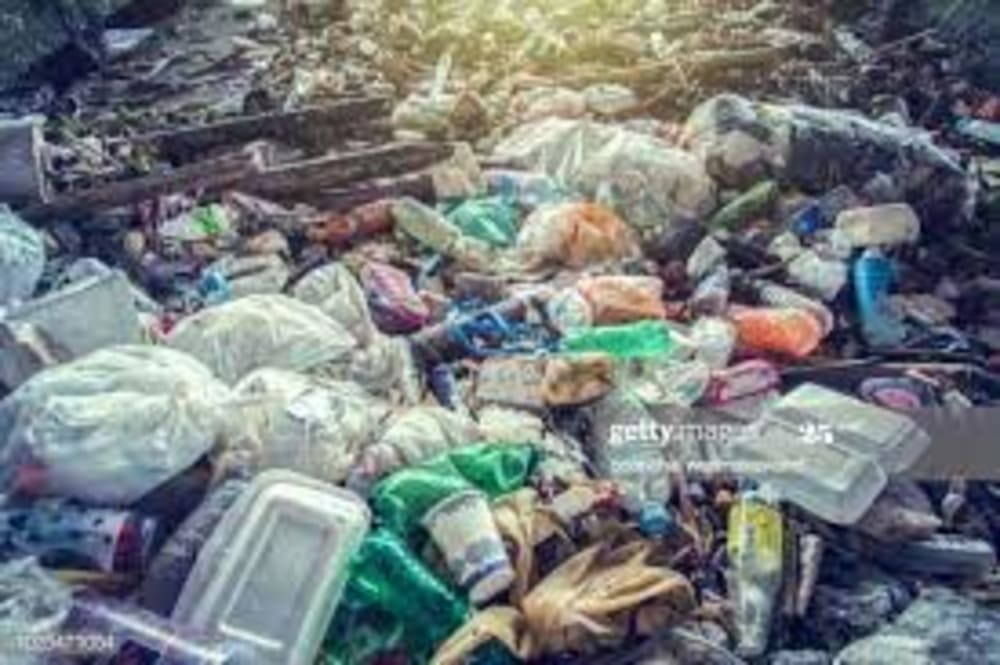Design focus is the green energy from waste. Municipal Solid Waste (MSW) including all plastic waste as well as Agricultural Waste is converted to a premium fuel-Di Methyl Ether (DME). DME can replace diesel and LPG. Very large quantity of Municipal Solid Waste as well as agricultural waste is available over the entire world. Plastic waste is creating global environmental problem harming fish in even the most remote corners of the world. Most of municipal waste ends up as a landfill continuing to create environmental hazard, crop residue or agricultural trash is often burned by many farmers creating pollution even in many rural settings. In the developed countries, farmers do not burn the crop residue, but often bury it by ploughing it in. This method leads to substantial GHG generation as methane generation takes place from the crop residue.
All these waste materials with the exception of hazardous waste such as Battery and electronic waste can be converted to DME. Each ton of waste can produce 60 to 70 gallons of diesel equivalent fuel DME. DME is an excellent fuel for diesel engines; it not only reduces GHG generation by replacing fossil fuel but it also reduces soot generation of diesel engines and it is sulfur free. This scheme of converting waste to premium fuel reduces pollution caused by present methods of disposal while simultaneously reducing fossil fuel use and reduces pollution from diesel vehicles.
Municipal Solid waste disposal as landfill, is procrastination; hoping some future generation will solve the problem. The best available technology of incineration recovers about 10 % of available energy while our solution will recover 60% of available energy. Each ton of waste processed reduces carbon footprint by 500-700 kg or 50-70% by weight GHG.
We expect initial target market to be small townships generating 5000 to 10000 tons of waste per year. The plant converting trash to DME can be shop fabricated, shipped to site and erected at site with minimal site work.
DME is a sustainable, renewable energy source that holds huge potential as transportation and residential cooking fuel. By conservative estimate US generates 445 and 260 Million ton/year of crop residue and MSW respectively. Waste based DME production process, developed by Amol Carbons Pvt Ltd is flexible with feedstock. Wastes from agricultural, MSW, forest residue are available worldwide eliminating region-specific set up of plant.
The first step involves gasification, a thermochemical conversion of waste (crop, MSW, forest) to Syngas. This syngas is then converted catalytically to DME.
Our main products are turn-key DME plants and DME catalyst. DME plant is shop fabricated as a skid mounted design.
Worldwide, feedstock price is the main factor determining the production cost of DME. For sale as diesel replacement, the gross profit from MSW is $ 1.50/gallon and for crop residue the gross profit is $ 0.85/gallon of diesel. For MSW additionally tipping fees range from $ 50 to 100/ton and the tipping fees alone will pay for the cost of the plant in four years.
Video
Like this entry?
-
About the Entrant
- Name:Anand Apte
- Type of entry:teamTeam members:Anand Apte
Yogesh Joshi
Sachin Rane
Amol Apte
Amol Carbons Private Limited - Software used for this entry:Mathematica
- Patent status:pending








